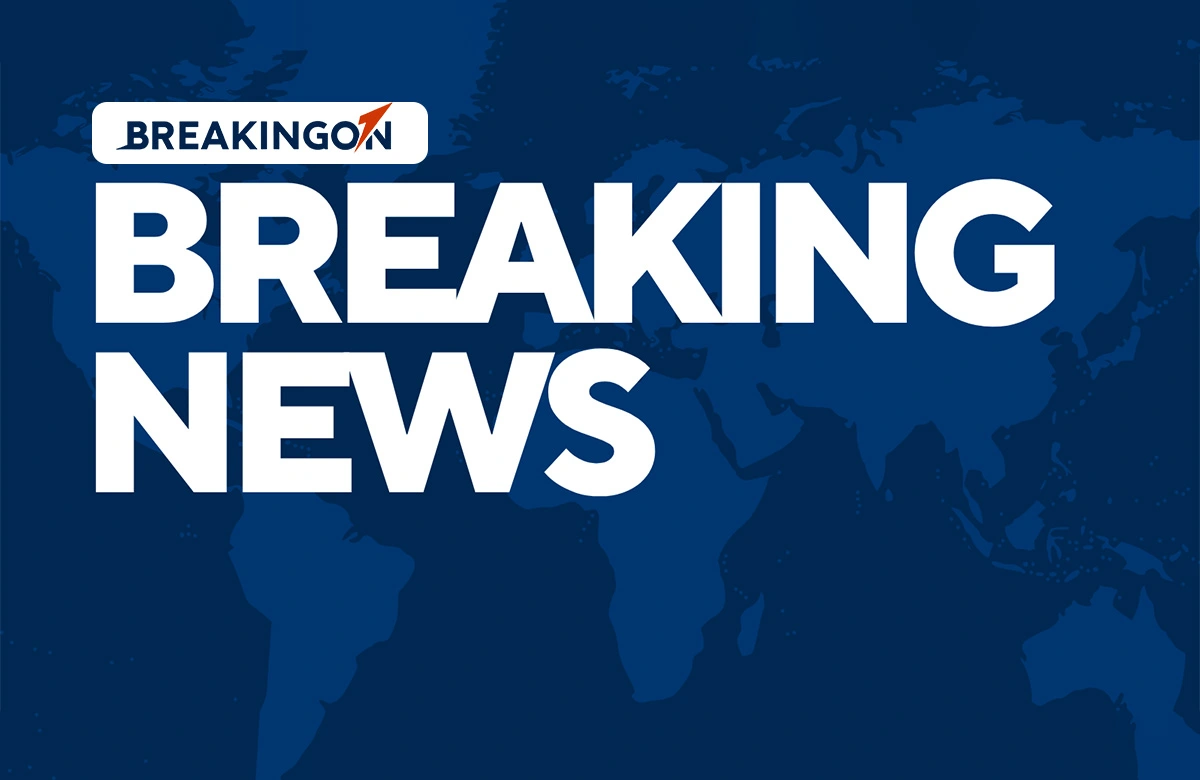
The recent Republican tax proposal emerging from the House of Representatives is set to increase the federal deficit by more than $2.5 trillion over the next decade, as per estimates from nonpartisan experts and budget analysts. This significant fiscal impact has sparked criticism from within the ranks of House conservatives, many of whom have previously pledged to oppose legislation that exacerbates the national debt, which currently exceeds $36 trillion.
Despite the backlash, House Speaker Mike Johnson (R-Louisiana) faces a daunting task in reducing the bill's total cost. Achieving this would necessitate either a reduction in tax cuts or substantial spending cuts, both of which may prove unpopular among his party members. The draft plan from the House Ways and Means Committee outlines approximately $3.8 trillion in tax cuts over the next decade, according to the Joint Committee on Taxation, a key nonpartisan congressional entity.
Incorporating various elements of the legislation, the overall financial impact is projected to exceed $2.5 trillion, potentially reaching as high as $3.3 trillion when considering the interest on new debt, as noted by Marc Goldwein, senior vice president at the Committee for a Responsible Federal Budget, a Washington-based think tank. These alarming figures are likely to intensify the ongoing debate surrounding national spending and tax levels, especially amid rising concerns about the federal debt.
Republican lawmakers argue that their tax proposals are crucial to avoiding a sudden tax increase for millions of American households. They emphasize that the legislation primarily aims to extend provisions from the 2017 tax law, enacted during President Donald Trump's first term, which are set to expire at the end of this year. Treasury Secretary Scott Bessent has labeled the extension of these tax cuts as “the single most important economic issue of the day,” asserting that failing to do so could result in an “economic calamity.”
However, the estimates from the Joint Committee on Taxation might even underestimate the legislation’s total cost to government revenues. The structure of the GOP tax bill allows for many expensive provisions to expire within four years. Should these tax cuts be extended as intended by Republicans, the overall cost could balloon to an astonishing $5.2 trillion, according to Goldwein. This would mark the most costly piece of legislation since the 1960s, as suggested by Jessica Riedl, a senior fellow at the Manhattan Institute.
Budget experts have long cautioned that the United States needs to prioritize reducing, not increasing, its annual federal deficit. Interest payments on the national debt have already become the second largest federal expenditure this year, trailing only Social Security. Current annual federal deficits hover around $2 trillion, but could potentially escalate to $4 trillion if the GOP bill is implemented, according to Riedl. Goldwein remarked, “It’s ridiculous that we’re spending trillions on tax cuts when we’re already trillions in the hole.”
Congressional Republicans contend that excessive government spending—not lower tax rates—is the primary driver of the nation’s fiscal imbalance. While federal revenue as a percentage of the economy has remained relatively stable, government spending has increased significantly over the past two decades under presidents from both political parties. The most costly aspect of the proposed bill involves extending the lower individual tax rates initiated by the 2017 tax law, which benefited most Americans and reduced the corporate tax rate from 35 percent to 21 percent.
Grover Norquist, president of Americans for Tax Reform, an anti-tax advocacy group, stated, “People who think letting taxpayers keep their own money is a price tag, is spending—those are called Democrats.” He argues that tax cuts are essentially income for Americans and a loss for government bureaucracy. However, the complex budget math reflects a longstanding tension among GOP policymakers, who view the tax proposal as an opportunity to implement necessary reforms for businesses while simultaneously knowing that broad tax cuts for individuals are more politically favorable.
The proposed cuts also risk flooding the economy with excess cash, potentially leading the Federal Reserve to raise interest rates, which would increase borrowing costs for households. Kyle Pomerleau, a senior fellow at the American Enterprise Institute, expressed concern that the GOP is “borrowing too much and accomplishing too little,” suggesting they could have prioritized expanding investment provisions instead of pursuing less favorable Trump-era proposals.
To help mitigate the costs of the legislation, there are plans for at least $600 billion in cuts to Medicaid and the Children’s Health Insurance Program, along with an additional $290 billion in cuts to food stamps. These reductions would represent the largest cuts to these programs in their history, as noted by Bobby Kogan, senior director of federal budget policy at the Center for American Progress.
According to the Center on Budget and Policy Priorities, the average American in the top 1 percent could see an average increase of $65,000 in their after-tax income, while middle-class households would receive an increase of $1,290, and the bottom 20 percent would gain $90. Kogan warns that if enacted, this legislation would represent the largest transfer of wealth from the poor to the rich in U.S. history.